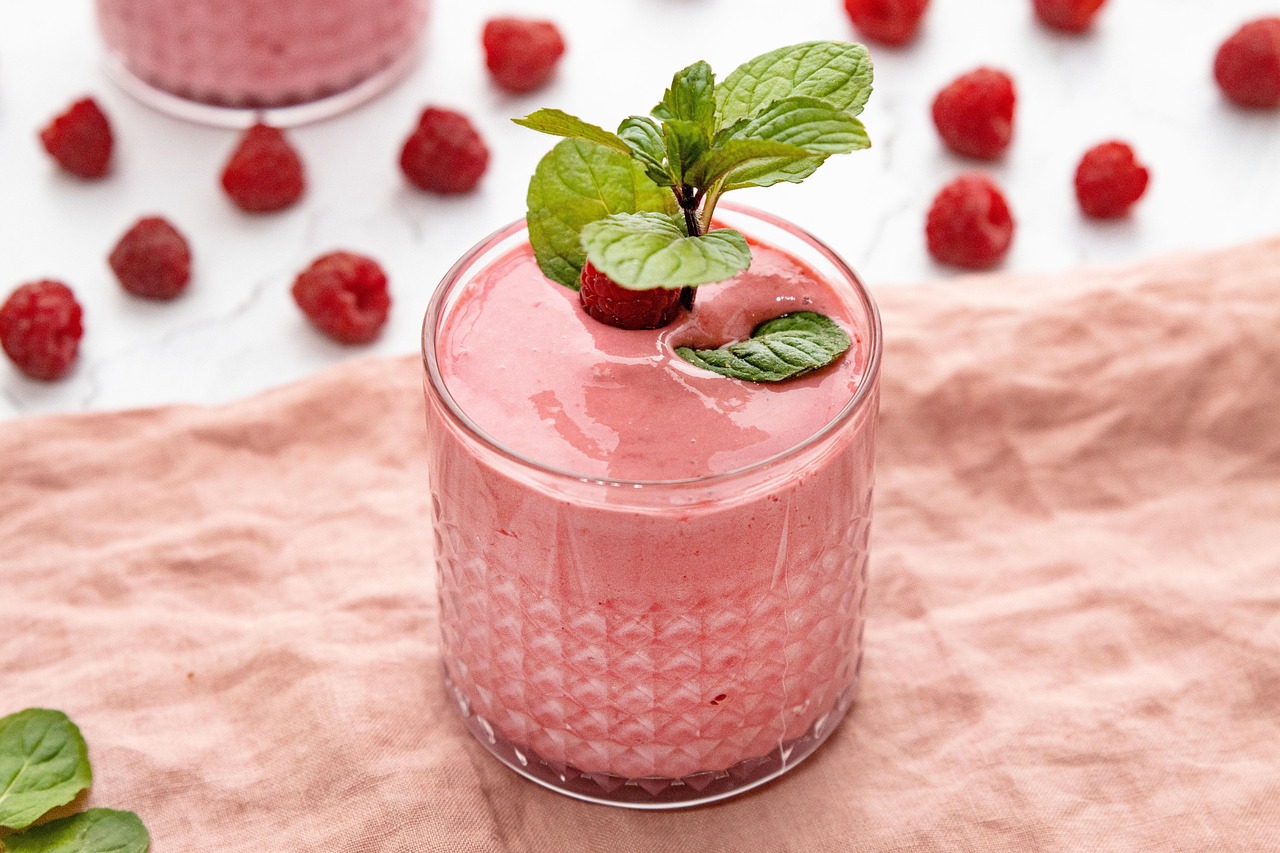Introduction
Have you ever reached for a juice that promises health benefits, only to find it loaded with sugar? If so, unsweetened cranberry juice might be the solution. Unlike its sugary counterparts, pure cranberry juice offers a tart, refreshing taste with powerful health perks—but only if you know how to use it right.
In this guide, we’ll explore:
-
The science-backed benefits of unsweetened cranberry juice
-
How to incorporate it into your diet without the bitterness
-
Common mistakes to avoid
-
Expert tips for maximum benefits
What Makes Unsweetened Cranberry Juice Unique?
Unsweetened cranberry juice is made purely from cranberries and water, with no added sugars or artificial sweeteners. This makes it:
-
Low in calories (about 40–50 per cup)
-
Rich in antioxidants (especially proanthocyanidins, which prevent UTIs)
-
Naturally tart—requiring some creativity to enjoy
Key Nutrients in Unsweetened Cranberry Juice
| Nutrient | Amount per 8 oz | Benefits |
|---|---|---|
| Vitamin C | 23% DV | Boosts immunity, skin health |
| Fiber | 1g | Supports digestion |
| Polyphenols | High | Fights inflammation |
(Source: USDA FoodData Central)
5 Proven Health Benefits of Unsweetened Cranberry Juice
1. Supports Urinary Tract Health
Cranberries contain proanthocyanidins (PACs), which prevent bacteria like E. coli from sticking to the bladder wall.
-
Research: A 2017 Journal of Nutrition study found that cranberry juice reduces UTI risk by 26%.
-
Tip: Drink 8–16 oz daily for prevention (not treatment).
2. Boosts Heart Health
-
Lowers LDL (“bad”) cholesterol
-
Improves blood vessel function (per American Journal of Clinical Nutrition)
3. Aids Digestion & Gut Health
-
Acts as a prebiotic, feeding good gut bacteria
-
May reduce H. pylori (a stomach ulcer-causing bacteria)
4. Fights Inflammation & Infections
-
High in antioxidants that combat oxidative stress
-
Shown to reduce gum disease (Journal of Periodontal Research)
5. May Help Prevent Certain Cancers
-
Early studies suggest cranberries may slow cancer cell growth (particularly breast, colon, and prostate).
How to Drink Unsweetened Cranberry Juice (Without the Pucker Face)
Many people avoid pure cranberry juice because of its intense tartness. Here’s how to make it enjoyable:
1. Dilute It
-
Mix 1 part juice with 3 parts water (or sparkling water for fizz).
-
Add ice to mellow the flavor.
2. Blend into Smoothies
Try this UTI-Fighting Smoothie:
-
½ cup unsweetened cranberry juice
-
½ banana (for sweetness)
-
1 cup spinach
-
1 tbsp chia seeds
3. Make Herbal Cranberry Tea
-
Warm juice + cinnamon stick + ginger (great for colds).
4. Use in Salad Dressings & Sauces
-
Whisk with olive oil, mustard, and honey for a tangy vinaigrette.
Common Mistakes to Avoid
❌ Mistake 1: Drinking Too Much (Too Fast)
-
High acidity can upset your stomach—start with 4 oz daily.
❌ Mistake 2: Confusing “100% Juice” with “Unsweetened”
-
Some “100% juice” blends still contain apple/grape juice (aka hidden sugar).
❌ Mistake 3: Expecting Instant UTI Relief
-
Cranberry juice prevents UTIs but doesn’t cure active infections (see a doctor if symptoms persist).
Expert Tips for Maximum Benefits
✔ Choose the Right Brand
-
Look for “100% pure cranberry juice” (no added sugars).
-
Recommended brands: Lakewood, R.W. Knudsen, Ocean Spray Pure.
✔ Pair with Probiotics
-
Yogurt or kefir enhances gut benefits.
✔ Store Properly
-
Refrigerate after opening (lasts 7–10 days).
Final Thoughts: Is Unsweetened Cranberry Juice Worth It?
If you can handle the tartness (or mask it creatively), unsweetened cranberry juice is a nutritional powerhouse. From UTI prevention to heart health, its benefits are backed by science—just avoid the sugar-laden versions.
Your Next Steps:
-
Try a small bottle (mix with water if needed).
-
Experiment with smoothies or dressings.
-
Stick with it for at least 2–3 weeks to notice benefits.










